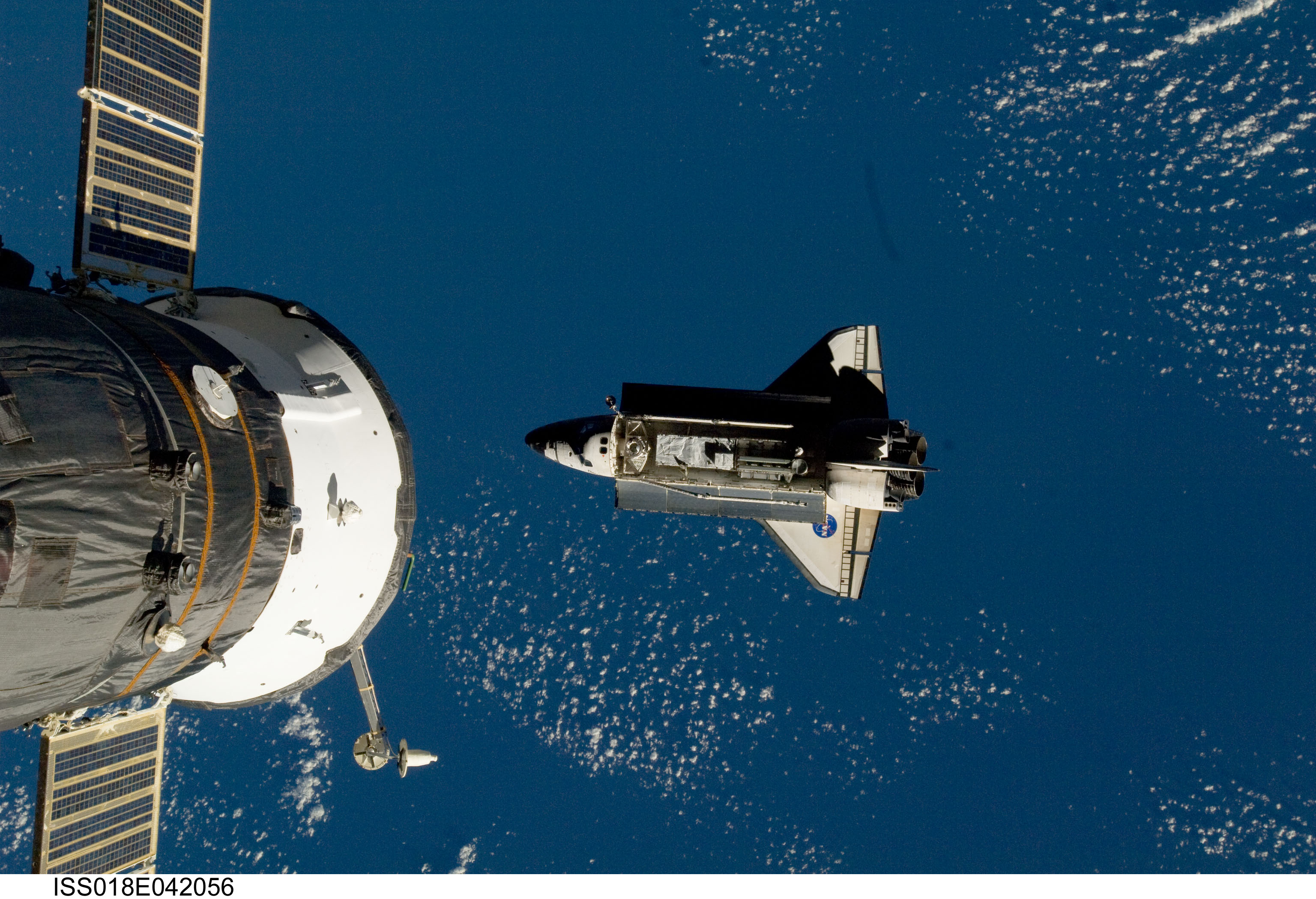

"It flew just like it was supposed to," Hurley said. Ted Cruz, R-Texas, was also on hand in Houston to congratulate the astronauts and asked them how the Dragon handled in space. "The first night is always a little bit of challenge but the Dragon was a slick vehicle and we had good airflow and so we had an excellent, excellent evening." Nauka MLM probably has one so they do not need to keep going into the other modules to get parts from those kit bags."We did get probably a good seven hours or so of the opportunity for sleep and I did succeed at sleep and Doug did as well," Behnken said. ( says: "Checking Docking Assembly (СтА) accessories kit stowage in SM ПрК" which is Zvezda's rear transfer tunnel)Īnother kit is in storage location on panel 230 in FGB.Īnd another kit was tethered.to PMA-1 hatch handle, and later got moved to Unity module. The others were launched with each module:Īn identical kit is in a storage position on the axial transfer section on Zvezda. So, my understanding is that each Soyuz has one, as they refer to a 'nominal position' it is kept in. It would have been required then to open the hatch to enter Zvezda SM, Zarya FGB and their side of PMA-1.Īfter all the hatch openings it was returned to a docking accessories kit which was stored inside Soyuz. One kit went up on 2 November 2000 with first crew, unsure if it returned on the decent module though. It is part of a docking accessories kit that includes wipes, extension tool and hatch cover. Is it basically the keys to Nauka's front door?Īlso keys to Progress, Soyuz, FGB, SM and PMA-1 doors. Not found a technical description or pictures. ( What exactly is this device? What is it's function, how does it work? Is it basically the keys to Nauka's front door? When did it get to the ISS? from the same link in the answer above i got most of the answers below:Īllows you to unlock, open and then remove the hatch. Partial answer to a different but very related question: There is also a silent video from expedition 26 showing the opening procedure of the hatch of AVT Johannes Kepler: Pen marks are visible on the inside of the drogue cover which say "open" and "close" in russian. The hatch tool attaches to the end of the extension and is rotated clockwise to retract the hatch latches. The hatch tool extension is similar to a ratchet extension bar and is held in place by the two holes in the drogue cover. This photograph from expedition 40 shows Alexander Skvortsov actuating the hatch opening mechanism of ATV Georges Lemaitre. Open hatch and secure it in open position Stow hatch tool and hatch tool extension into СтА accessories kit 11Ф732.Г4000А1-30 Rotate hatch tool in the direction of arrow ОТКРЫТИЕ (Open) until it clicks (6-7 turns) Secure hatch tool extension on SM passive docking unit coneįully insert hatch tool into socket on hatch tool extension The hatch opening procedure is described on page 39, section 5.2 of the Russian Segment Operations 2A.2B Flight document (PDF) posted on :

It can be seen in this photograph of Progress 55 (mechanism at the 1 o'clock position just inside the double o-ring seal:Īnd in this photograph from expedition 26 showing how it appears to the crew onboard the station (mechanism at the 5 o'clock position):Īlso visible in the above picture are two holes in the drogue cover (AKA the 'passive docking unit cone') which supports a 'hatch tool extension'. This correlates with the location of the interior hatch actuator handle being on the body of the spacecraft and not built into the hatch itself.

After doing some further research in the NASA photo archives I discovered the hatch actuator is actually a round socket containing a square peg mounted near the collar of the docking mechanism.


 0 kommentar(er)
0 kommentar(er)
